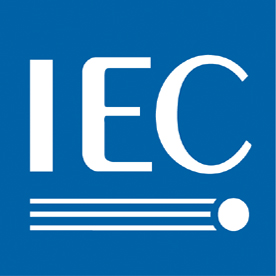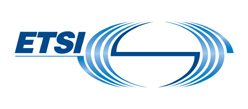IEC 62541-100:2015OPC Unified Architecture - Part 100: Device Interface
IEC 62541-100:2015 is an extension of the overall OPC Unified Architecture standard series and defines the information model associated with Devices. This part of IEC 62541 describes three models which build upon each other: - the (base) Device Model intended to provide a unified view of devices; - the Device Communication Model which adds Network and Connection information elements so that communication topologies can be created; - the Device Integration Host Model finally which adds additional elements and rules required for host systems to manage integration for a complete system. It allows reflecting the topology of the automation system with the devices as well as the connecting communication networks.


